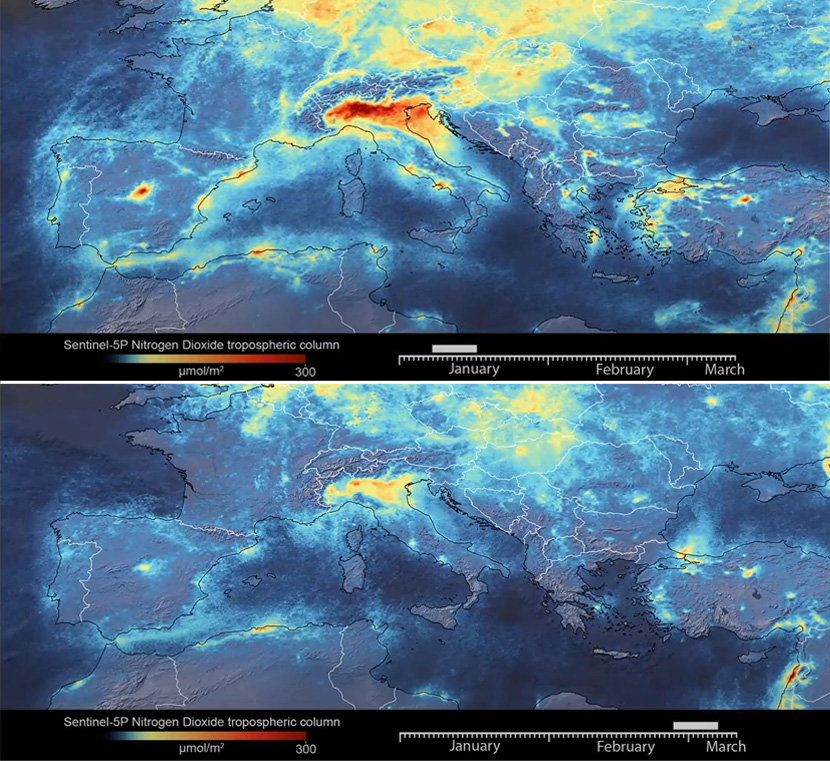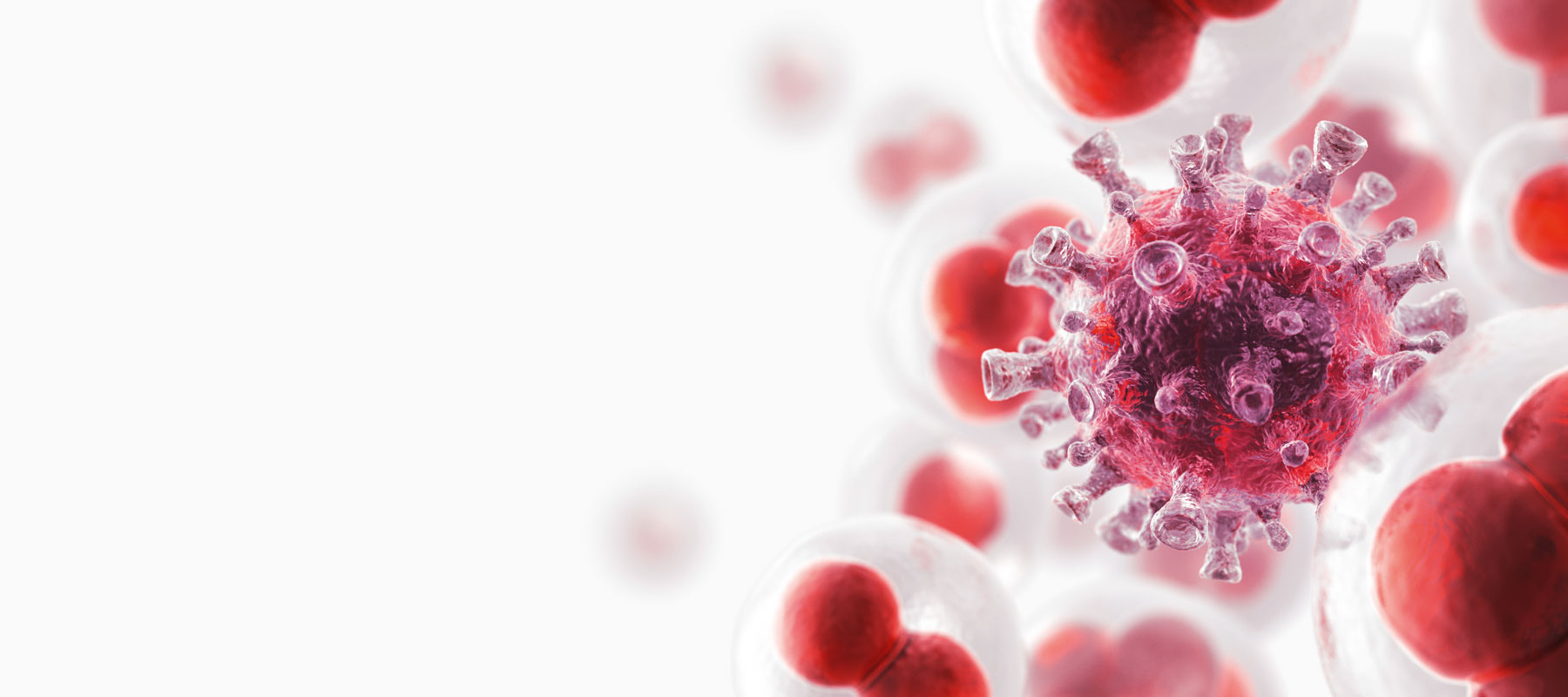The current Coronavirus situation
Invisible global health threat
Although conditions are changing on a daily basis, some aspects will apply no matter how the current pandemic develops. To begin with, the WHO has declared this coronavirus a pandemic, meaning that it is present on all continents. Whatever the final outcome, its consequences are expected to leave a lasting imprint on almost all aspects of life worldwide.
Second, the mode of transmission has been confirmed as primarily through close human contact via respiratory droplets generated by breathing and, much more intensively, by sneezing and coughing. As a result, traveling with other people in vehicles presents an especially potent risk. It is strongly recommended to take active measures to prevent the spread of infection inside vehicles. One effective method is to install a high-efficiency cabin air filter.
Understanding coronaviruses
Coronaviruses like Covid-19 got their name from the crownlike spikes on their surface. “Corona” is borrowed from the Ancient Greek word for garland or crown. These viruses are spherical particles of around 120 nm in diameter and exist as aerosol droplets. Although there are optimistic rumors in circulation about them dying as soon as the weather gets warmer or more humid, this is not true. The proof of that is their current proliferation in the warm and humid climates of Asia and South America, and the hot and dry Middle East.
The inconvenient truth is that coronaviruses are very stable across a wide band of what we would regard as normal living conditions. Significant reduction in virus activity is only seen in extreme conditions, with temperatures above 38 °C and relative humidity in excess of 95 %.

Passing on the infection
Coronaviruses are present in droplets emitted by infected people when they breathe, cough or sneeze. Many different studies showed, that the dimension of these aerosol particles varies widely depending on the size of the person, and can have a diameter of anything from 0.05 μm to 16 μm. However, even the largest droplets will reduce in size to below 1.0 μm almost immediately through evaporation, forming what are called “droplet nuclei”. These tiny particles can be easily absorbed by breathing and directly enter the lung’s alveoli, thus passing on the infection.
The coronavirus on surfaces
- The tiniest particles remain suspended in the air for a long time and are easily inhaled, while larger particles settle on surfaces and are passed on through touch.
- The current Covid-19 virus seems to be behaving like other virus types and may stay volatile on surfaces for anything from a few hours to several days.
- Viruses that have settled on surfaces can be stirred up to create new aerosols by the wind, by wiping or simply as a result of the vibrations caused by a vehicle in motion.
- Even in relatively stable environments, the cycle of settling and renewed disturbance will continue for as long as the microbial virus droplets remain active.
- The virus seems to survive longest on plastic surfaces – anything from 7 to 72 hours.
- In enclosed spaces such as vehicle interiors, air should be either directly emitted into the environment or filtered by a high-efficiency particulate air (HEPA) filter before recirculation.
Coronavirus vulnerability apparently greater in polluted areas
 Source: ESA - European Space Agency (http://www.esa.int/)
Source: ESA - European Space Agency (http://www.esa.int/)
With the coronavirus pandemic continuing to spread quickly around the globe, there seems to be growing indications that air pollution likely increases coronavirus vulnerability. Here is what has been published in three recent reports:
- The European Public Health Alliance (EPHA), for instance, warned that those living in polluted cities are more at risk from Covid-19[1]. As already scientifically proven, polluted air can lead to hypertension, diabetes and respiratory diseases. According to the EPHA, an increasing number of doctors are starting to link air pollution to higher mortality rates for Covid-19. In a nutshell: Bad health conditions that are caused by dirty air are likely to have an effect on the survival rate of those infected with Covid-19.
- The New York Post reported[2] that coronavirus could be more damaging to inhabitants of polluted areas. They linked the reason, that those individuals lungs may already be impaired and their defenses weakened, to assumptions based on scientific findings[3] after the SARS coronavirus outbreak in 2003. Scientists found, that SARS infected patients from regions with higher air pollution were 84% more likely to die than those in less-polluted areas.
- The Los Angeles Times also pointed out a possible correlation quoting interim director of the Center for Climate, Health, and the Global Environment Aaron Bernstein who said at the Harvard T.H. Chan School of Public Health: “There’s lots of evidence that air pollution increases the chances that someone will get pneumonia, and if they get pneumonia, will be sicker with it. We don’t have direct evidence of that with Covid, but I would be surprised if air pollution did not affect risk for Covid infection and the severity of illness.”
While there is no scientifc evidence in the present global situation, many indications point at a correlation between coronavirus vulnerability and air pollution. In any event, we recommend taking all possible measures of ensuring good air quality in the environments surrounding you and your loved ones in your daily life.
Sources:
[1] https://epha.org/coronavirus-threat-greater-for-polluted-cities/
[2] https://nypost.com/2020/03/19/air-pollution-increases-coronavirus-vulnerability-experts-say/
[3] https://ehjournal.biomedcentral.com/articles/10.1186/1476-069X-2-15
[4] https://www.latimes.com/california/story/2020-03-21/coronavirus-air-pollution-health-risk
 Language / Country
Language / Country


